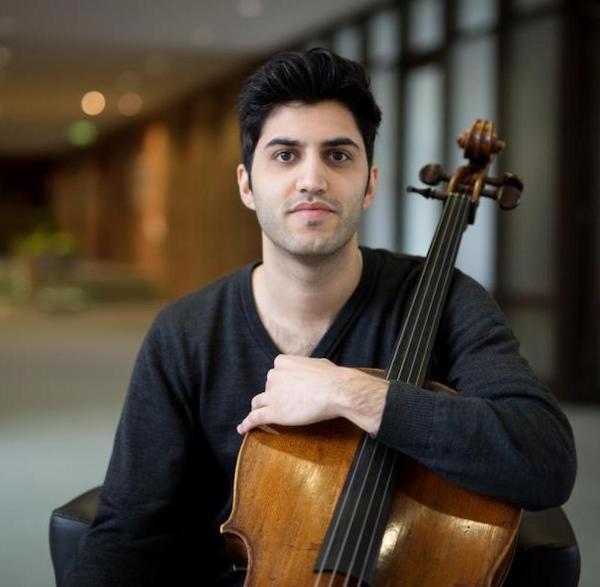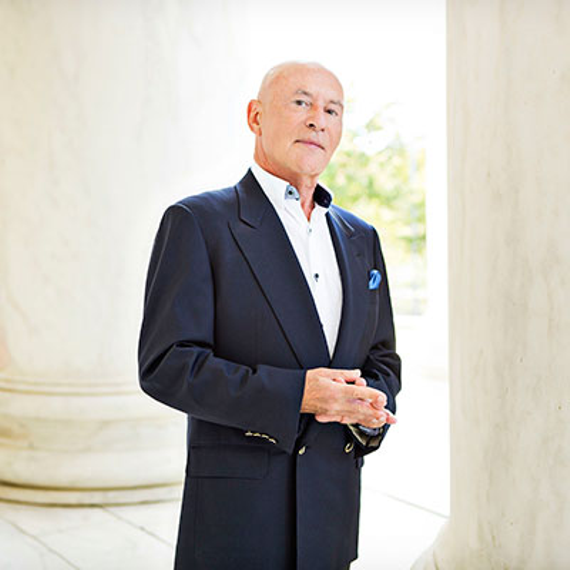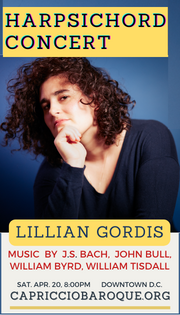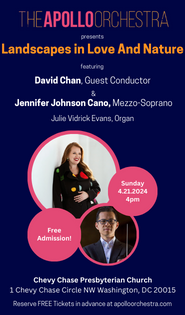Cellist Kian Soltani brings individual touch to Haydn in dashing NSO debut

Kian Soltani performed Haydn’s Cello Concerto in D major with Christoph Eschenbach and the National Symphony Orchestra Thursday night at the Kennedy Center.
Christoph Eschenbach returned to the podium of the National Symphony Orchestra this week. The NSO’s conductor laureate brought a program that met with far greater success than the lackluster concerts he led last fall. As heard on Thursday night in the Kennedy Center Concert Hall, it combined a quirky Haydn concerto with Eschenbach’s best outing in a Bruckner symphony yet.
The Haydn was the Cello Concerto in D Major, last heard from the NSO in 1998. The soloist was Austrian cellist Kian Soltani, making his NSO debut with considerable flair. Haydn’s writing in this piece strays all too often into the highest parts of the cello’s A string, where Soltani produced a reedy, burnished tone on his 1680 Grancino instrument. His intonation high up was generally sure-footed, except for some of the double-stops, and most haunting and rhapsodic in the melancholy second movement.
Soltani pushed the tempos fast—often challenging coordination with the chamber-sized orchestra—and rushed impetuously forward at times, as if impatient with the less challenging parts. At pauses in all three movements, Soltani added little improvised flourishes, as “Eingängen” often leading back into Haydn’s melodic themes. Even more intriguing were the long cadenzas he played, in a broadly romantic style that perhaps did not mesh well with Haydn’s classicism but that left an individual imprint on the piece.
In the first and second movements these cadenzas, all composed by Soltani himself, featured more double-stops and plenty of gorgeous tone on the A string. In the third movement’s cadenza, Soltani added a drone and some folk music-like cantillation that stood out as particularly exotic. Similar sounds abounded in a lengthy encore, another Soltani original, called Persian Fire Dance, where the further nod to his family’s Iranian heritage included mixed meters and some drumming on the body of the cello.

Christoph Eschenbach
Some of Eschenbach’s Bruckner symphonies have been admirable over the years, others on the strange side. In the Second Symphony, Eschenbach seemed at his most serene in some ways, giving this less-heard piece a strong presentation. He chose the second version Bruckner made, with the slow movement preceding the Scherzo, and used the critical edition of that version edited by William Carragan.
The NSO played the first movement with broad strokes, Eschenbach giving the large brass section free rein to exciting effect in the louder passages. As if not satisfied with the sound a fifth horn player was added, seemingly to double one of the parts at major climaxes. Eschenbach may have allowed the strings to overpower the woodwinds at times, but the balances were much better in the exquisitely limned second movement.
The strings played with glossy tone in that extended slow movement, especially the antiphonal duet between the viola and first violin sections and, later, between flutist Aaron Goldman and concertmaster Nurit Bar-Josef. Principal horn player Abel Pereira produced a pristine, floating tone on the exposed solo parts of this movement— music that may have proved too daunting to the personnel Bruckner had at the work’s premiere, causing him to cut some of it from the movement.
Eschenbach drew forth weighty articulations of the boisterous Scherzo theme, although some lack of clarity in the beat caused slight disjunctions in ensemble unity. The violas again charmed the ear with their elegant playing on the main theme of the contrasting Trio, a melodic line that bounced through the orchestra in various solos, all with adequate rhythmic elasticity provided by Eschenbach.
The finale of the symphony continued in the same vein, graceful and unrushed. Eschenbach helped the orchestra pace the booming crescendos that led to the symphony’s conclusion, but it was perhaps the angelic moments of softer playing in the second and fourth movements that really made this interpretation. In these movements Bruckner quotes sections of his own F Minor Mass, a reminder of the sacred background of so much of the composer’s music.
The program will be repeated 8 p.m. Saturday. kennedy-center.org; 202-467-4600






